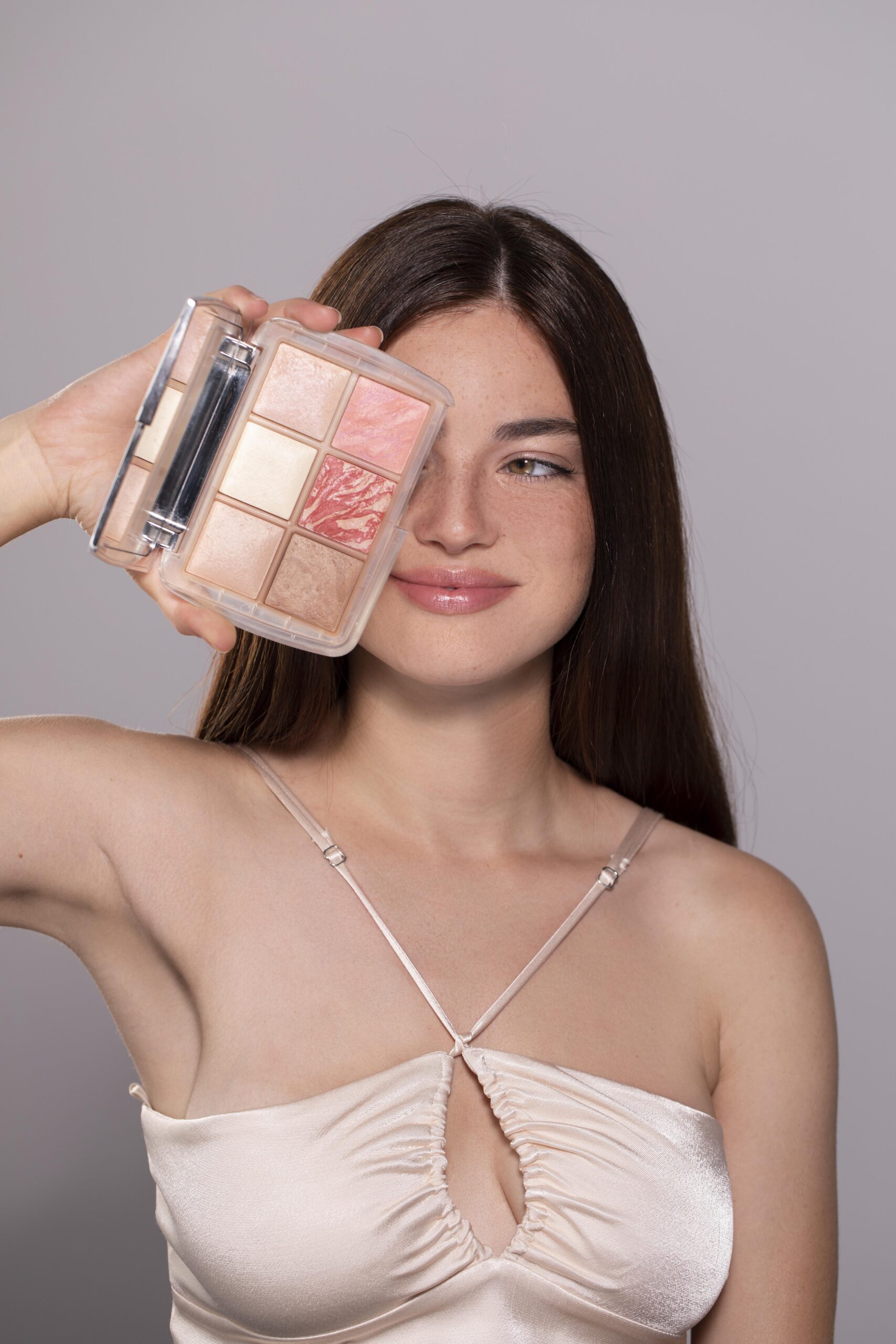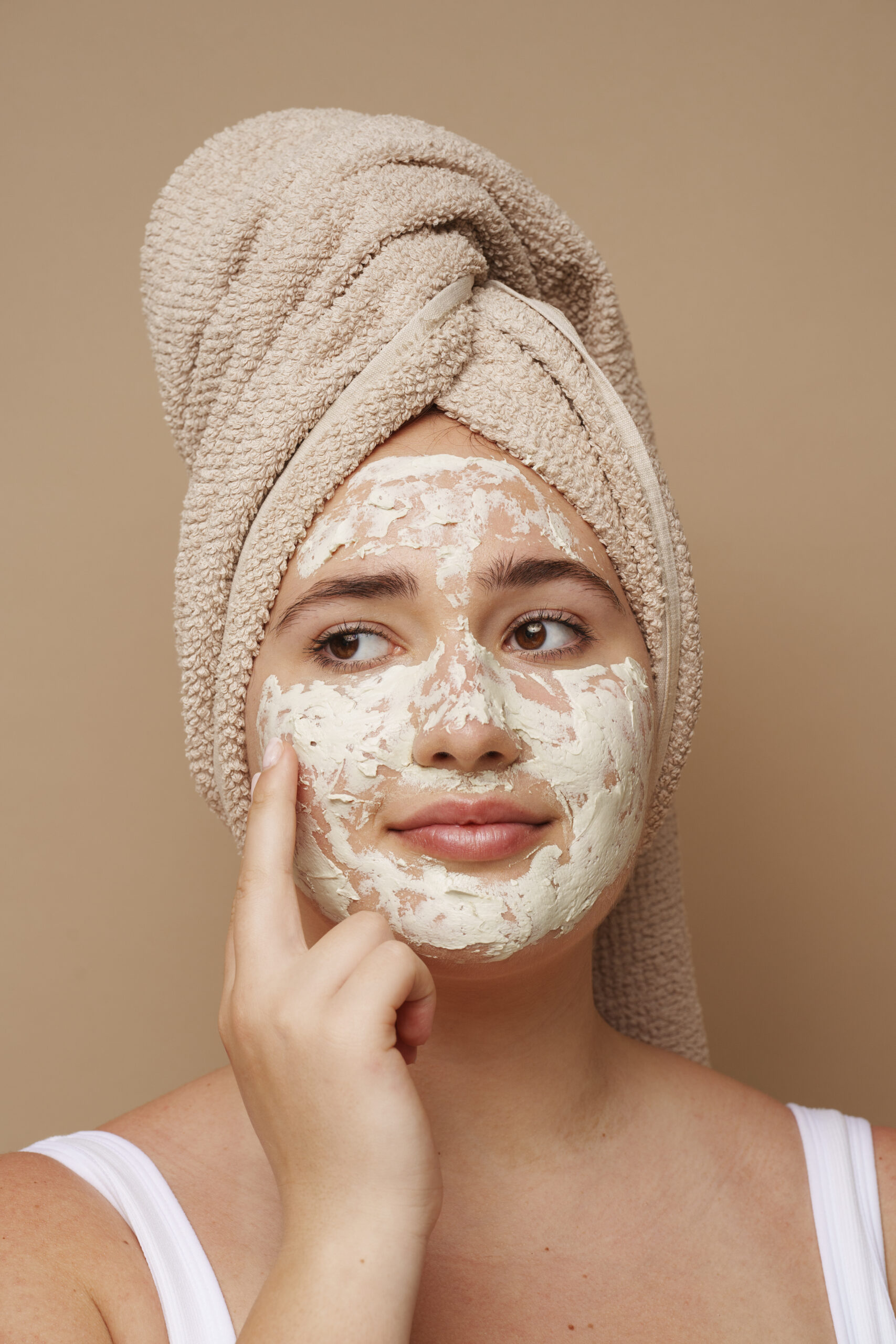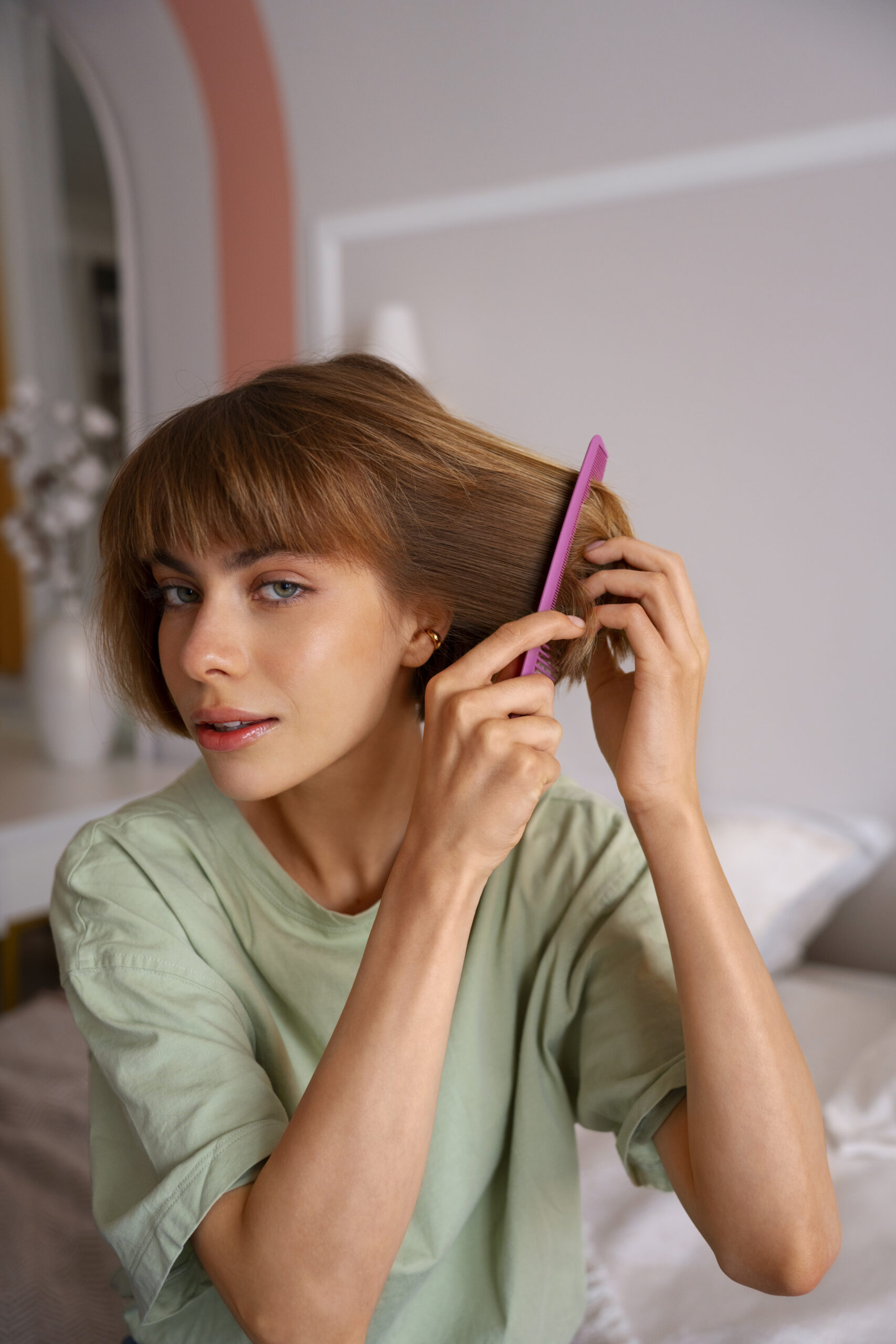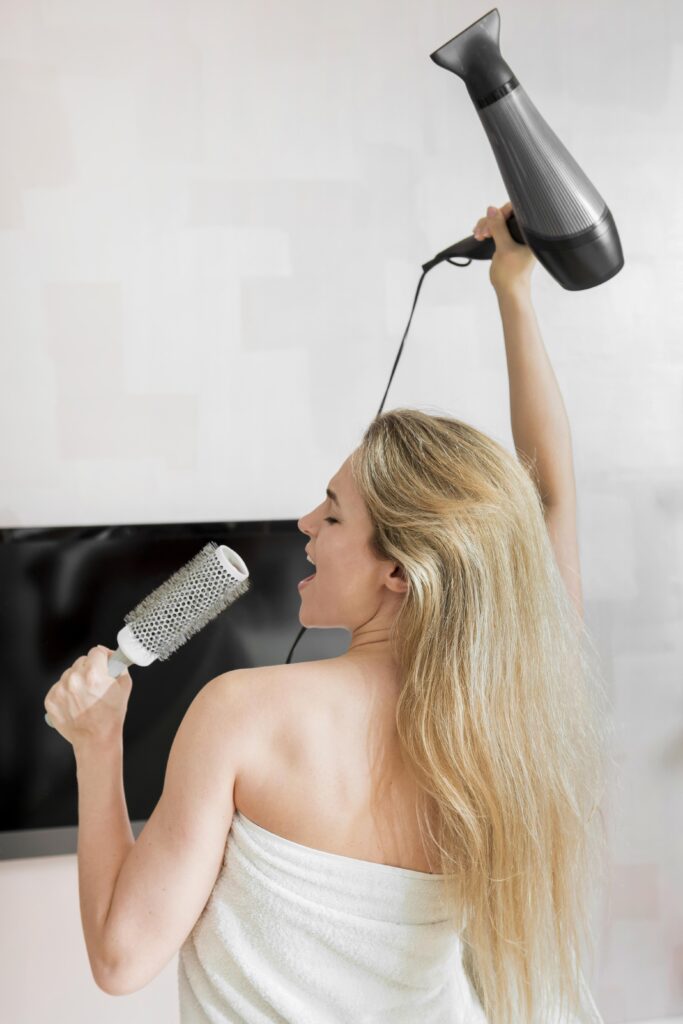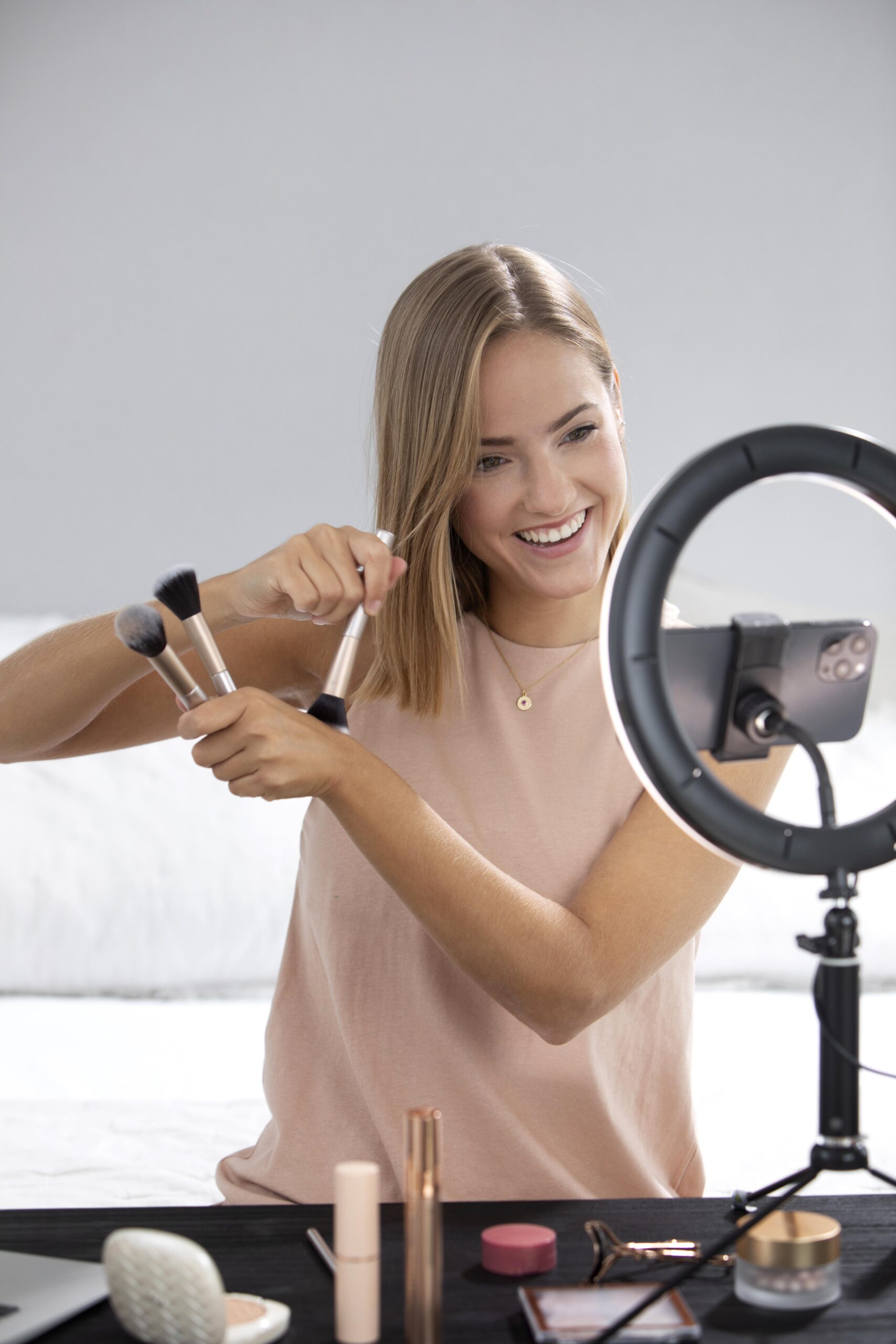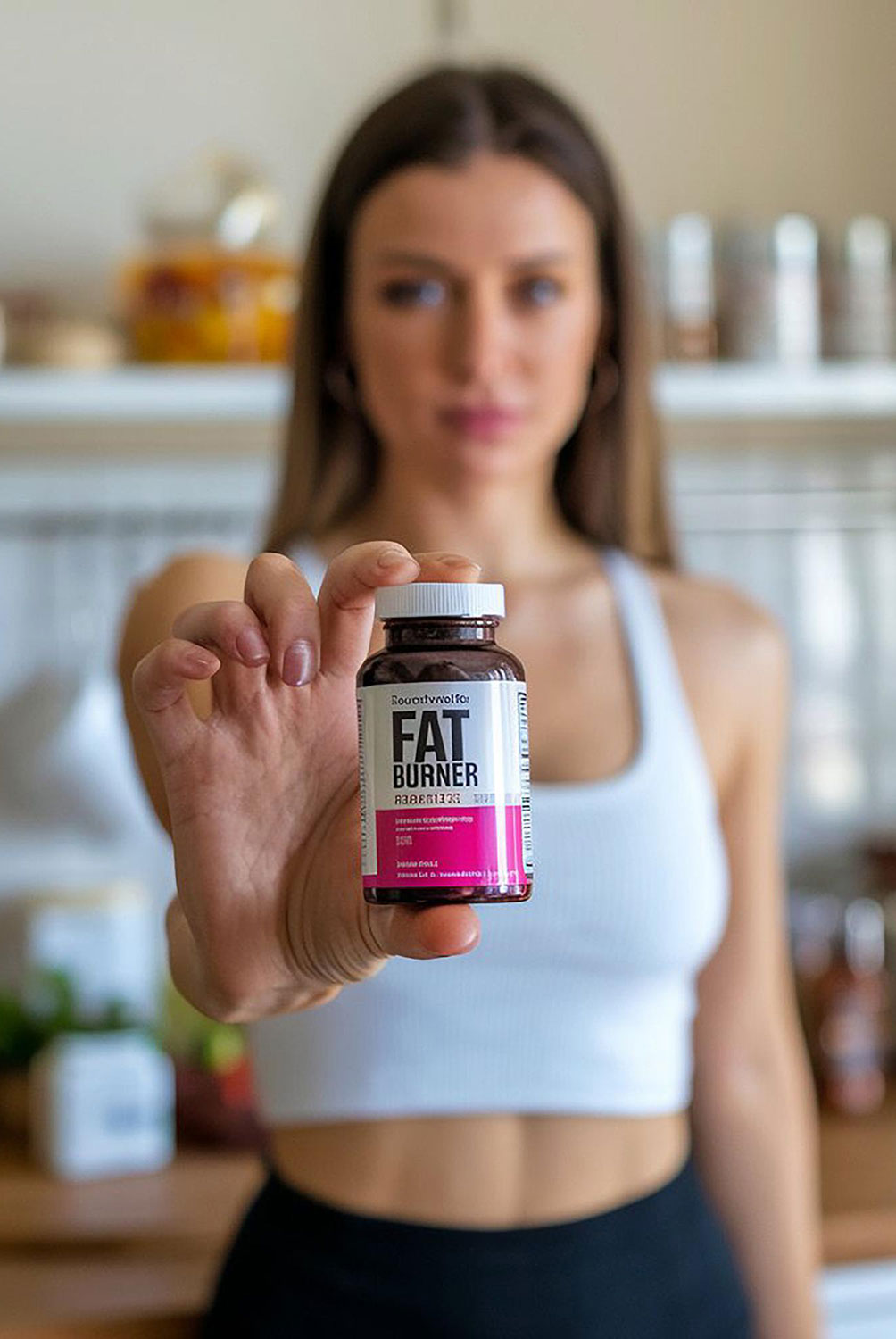Everything You Need to Know About Sun and Good Sunscreen

Everything You Need to Know About Sun and Good Sunscreen
The sun. Its warmth is inviting its light invigorating and its presence essential for life on Earth. Yet, beneath its golden glow lies a silent, pervasive force that can irrevocably alter our skin, accelerating aging and significantly increasing the risk of serious health issues.
For decades, the message about sun protection has echoed through public health campaigns, but truly understanding everything you need to know about sun and good sunscreen goes beyond simply avoiding sunburn. It’s about comprehending the nuanced ways sunlight impacts our skin, recognizing the indispensable role of the right protection, and adopting daily habits that safeguard our long term skin health and youthful radiance.
This comprehensive guide will illuminate the intricate relationship between your skin and the sun, meticulously breaking down the science of ultraviolet radiation, demystifying sunscreen labels, and providing actionable strategies for effective sun protection. We will delve into what constitutes good sunscreen, explore its various types, and equip you with the knowledge to make informed choices that not only protect your skin but also enhance its vitality, all while maintaining an engaging and accessible tone without the interruption of unnecessary hyphenation in our vital exploration of sun safety.
Prepare to transform your approach to sun exposure, turning apprehension into empowerment as you discover everything you need to know about sun and good sunscreen for truly protected, beautiful skin.
Unpacking UV Radiation and Its Impact on Skin
To truly appreciate the necessity of good sunscreen, we must first understand the sun’s powerful emissions, particularly the ultraviolet (UV) radiation that reaches Earth. The sun emits a spectrum of electromagnetic radiation, and while we see visible light and feel infrared heat, it’s the invisible UV rays that pose the greatest threat to our skin.
- UVA Radiation: The Silent Agers
- Description: UVA rays have longer wavelengths and penetrate deeply into the skin’s dermis, the layer responsible for elasticity and collagen production. They are present throughout the year, even on cloudy days and can penetrate glass, meaning you are exposed indoors near windows or in cars.
- Impact: UVA is primarily responsible for skin aging. Think “A” for aging. This includes premature wrinkles, fine lines, sagging skin due to collagen and elastin breakdown, and age spots or hyperpigmentation. While less direct in causing sunburn than UVB, UVA contributes to skin cancer development by causing indirect DNA damage and suppressing the immune system.
- UVB Radiation: The Burn Culprits
- Description: UVB rays have shorter wavelengths than UVA and primarily affect the skin’s outermost layer, the epidermis. Their intensity varies by season, time of day, and geographic location, being strongest in summer, at midday, and at higher altitudes.
- Impact: UVB is the main cause of sunburn. Think “B” for burning. They directly damage DNA in skin cells, which is a key factor in the development of most skin cancers, including basal cell carcinoma, squamous cell carcinoma, and malignant melanoma.
- UVC Radiation: Fortunately, UVC rays have the shortest wavelengths and are almost entirely absorbed by the Earth’s ozone layer, so they do not typically reach our skin.
- Visible Light and Infrared Radiation (Emerging Research): Beyond UV, scientists are increasingly studying the impact of visible light (especially blue light from screens and sun) and infrared radiation on skin. While their effects are less understood than UV, preliminary research suggests they may contribute to premature aging and hyperpigmentation, though protective strategies are still evolving.
While the sun’s dangers are clear, it also offers benefits. Moderate, unprotected sun exposure allows our bodies to synthesize Vitamin D, crucial for bone health and immune function. However, this benefit often leads to a dangerous misconception that widespread unprotected exposure is necessary.
The reality is that the amount of UV radiation required for adequate Vitamin D synthesis is minimal, and easily achieved through brief exposures or dietary/supplementary intake, without accumulating the significant skin damage from prolonged exposure. The risks of accelerated aging and skin cancer far outweigh the benefits of seeking Vitamin D solely through unprotected sun exposure. This balance underscores the critical role of good sunscreen and comprehensive sun protection.
What is Good Sunscreen and Why is it Essential?
At its core, good sunscreen acts as an invisible shield, a protective barrier that absorbs, reflects, or scatters harmful UV radiation before it can damage your skin cells. It is not merely a cosmetic product but a vital tool in preventing the cascade of sun induced harm.
- Definition of Good Sunscreen: A good sunscreen is a product specifically formulated with active ingredients (UV filters) that either physically block or chemically absorb ultraviolet radiation from reaching the skin. It should be broad spectrum, meaning it protects against both UVA and UVB rays, and ideally be water resistant for practical daily use.
- How Sunscreen Works:
- Physical (Mineral) Filters: These act like tiny mirrors on the skin’s surface, reflecting and scattering UV radiation away from the skin. The primary active ingredients are Zinc Oxide and Titanium Dioxide.
- Chemical Filters: These compounds absorb UV radiation as it penetrates the skin, converting it into heat, which is then released from the skin. Common chemical filters include Oxybenzone, Avobenzone, Octinoxate, Octisalate, and Homosalate.
- The Critical Role of Sunscreen in Preventing Sun Damage:
- Preventing Premature Aging: By blocking UVA rays, good sunscreen significantly reduces the breakdown of collagen and elastin, thus preventing wrinkles, fine lines, and sagging that contribute to an aged appearance. Consistent sunscreen use is the most effective anti aging strategy.
- Reducing Skin Cancer Risk: Sunscreen’s ability to minimize direct DNA damage from UVB and indirect damage from UVA is paramount in lowering the risk of all forms of skin cancer, including the deadliest form, melanoma. Regular, proper use can drastically cut your lifetime risk.
- Preventing Sunburn: By blocking UVB rays, sunscreen prevents the painful inflammation, redness, and peeling associated with sunburn, which is a clear sign of acute skin cell damage.
- Maintaining Even Skin Tone: Sunscreen helps prevent hyperpigmentation, such as sun spots, age spots, and melasma, leading to a more even and radiant complexion. It’s an indispensable tool for achieving and maintaining clear skin.
Choosing a good sunscreen can be daunting given the myriad of options and technical jargon. Understanding the main types and key terms on labels is essential.
Types of Sunscreen:
-
Physical (Mineral) Sunscreens:
- Active Ingredients: Primarily Zinc Oxide and/or Titanium Dioxide. These are naturally occurring mineral compounds.
- How They Work: They create a physical barrier on the skin’s surface that literally reflects and scatters both UVA and UVB rays away from the skin. Think of them as tiny umbrellas for your skin.
- Pros:
- Broad Spectrum Naturally: Both Zinc Oxide and Titanium Dioxide provide excellent broad spectrum protection against UVA and UVB.
- Gentle on Sensitive Skin: Less likely to cause irritation or allergic reactions, making them ideal for children, people with eczema, rosacea, or acne prone skin.
- Works Immediately: Provides protection as soon as it’s applied, no waiting period required for absorption.
- Stable: Generally very photostable, meaning they don’t degrade quickly in the sun.
- Cons:
- Can Leave a White Cast: Especially on darker skin tones or if applied thickly. Newer formulations using micronized or nano particles have significantly reduced this issue.
- May Feel Thicker: Can sometimes feel heavier or less elegant on the skin compared to some chemical formulas.
- Good Sunscreen Product Examples:
- EltaMD UV Clear Broad-Spectrum SPF 46: A dermatologist favorite, it uses Zinc Oxide and is renowned for its lightweight, non greasy feel, making it excellent for sensitive and acne prone skin types. It blends in well, leaving minimal to no white cast.
- Supergoop Unseen Sunscreen SPF 40: While it’s a chemical sunscreen, its unique clear, primer like texture makes it an innovative option often sought by those who dislike traditional sunscreen feel. (Correction: This example is generally a chemical or hybrid, not purely mineral as listed. Apologies for the misplacement in the previous draft. For pure mineral, Drunk Elephant Umbra Sheer Physical Daily Defense SPF 30 or Bare Republic Mineral Sunscreen Lotion SPF 50 are better examples).
-
Chemical Sunscreens:
- Active Ingredients: A variety of organic compounds such as Oxybenzone, Avobenzone, Octinoxate, Octisalate, Homosalate, Octocrylene, and Ecamsule (Mexoryl SX).
- How They Work: These filters work by absorbing UV radiation as it penetrates the skin, converting it into a small amount of heat, which is then released from the skin. They act like a sponge for UV rays.
- Pros:
- No White Cast: They typically rub in clear, making them cosmetically elegant and ideal for all skin tones.
- Often Lighter Texture: Tend to be thinner, more fluid, and easier to spread evenly over large areas, making them popular for daily use under makeup.
- Variety of Formulations: Available in gels, sprays, lotions, and sticks.
- Cons:
- Need to Be Absorbed: Require application 15 to 20 minutes before sun exposure to be fully effective.
- Potential for Skin Irritation/Allergies: Some individuals may experience sensitivity, especially with certain filters like Oxybenzone.
- Photostability Issues: Some chemical filters can degrade faster when exposed to sun, which is why combinations of filters are often used to ensure broad spectrum and stable protection (e.g., Avobenzone often needs to be stabilized by other ingredients).
- Environmental Concerns: Certain chemical filters (e.g., Oxybenzone and Octinoxate) have raised concerns about their potential impact on coral reefs and marine life, leading to bans in some regions (like Hawaii).
- Good Sunscreen Product Examples:
- La Roche Posay Anthelios Melt-in Milk Sunscreen SPF 60: A highly regarded chemical sunscreen known for its fluid, non greasy texture that absorbs quickly. It provides very high broad spectrum protection and is popular among dermatologists.
- Neutrogena Ultra Sheer Dry-Touch Sunscreen SPF 55: Widely available and affordable, this chemical sunscreen is praised for its lightweight, non greasy feel and high SPF, making it a common choice for everyday body sun protection.
-
Hybrid Sunscreens:
- Description: Many modern sunscreens combine both physical (mineral) and chemical filters. This approach aims to leverage the benefits of both types, often resulting in a broad spectrum formula that offers a good balance of protection, texture, and minimal white cast.
- Example: Many sunscreens contain a blend of zinc oxide with chemical filters to achieve a high SPF and broad spectrum protection with a more cosmetically appealing finish.
Key Terms Explained on Your Good Sunscreen Label:
- SPF (Sun Protection Factor):
- What it means: SPF primarily measures protection against UVB rays, the ones that cause sunburn. An SPF 15 sunscreen blocks about 93% of UVB rays, SPF 30 blocks about 97%, and SPF 50 blocks about 98%.
- Myth vs. Reality: Higher SPF does not mean significantly more protection. The difference between SPF 30 and SPF 50 is only 1%, and no sunscreen blocks 100% of UV rays. The biggest benefit of higher SPF is often that it accounts for under application by users.
- Broad Spectrum:
- Why it’s Crucial: This label indicates that the sunscreen protects against both UVA and UVB rays. Always choose a broad spectrum sunscreen to guard against both burning and aging effects. If a sunscreen is not broad spectrum, it only protects against UVB.
- Water Resistant (40 or 80 minutes):
- Meaning: This label means the sunscreen maintains its SPF for either 40 or 80 minutes while swimming or sweating. It does not mean it is waterproof or sweat proof indefinitely.
- Why Reapplication is Key: You still need to reapply water resistant sunscreen immediately after towel drying, or every 40 or 80 minutes (as indicated) if swimming or sweating, and at least every two hours otherwise.
- PA++++ (or PPD):
- Explanation: This is a UVA protection rating system commonly used in Asian and some European markets. “PA” stands for Protection Grade of UVA. The more plus signs, the higher the UVA protection (e.g., PA+ to PA++++). PPD (Persistent Pigment Darkening) is another measure of UVA protection, with higher numbers indicating stronger protection. While less common on US labels, “broad spectrum” typically implies good UVA protection.
How to Use Good Sunscreen Effectively
Even the best sunscreen won’t protect you if you don’t apply it correctly. Proper application is just as crucial as choosing the right product.
- Amount is Key: The “Two Finger Rule” or a Shot Glass Full
- Face and Neck: For your face and neck, apply a line of sunscreen down your index finger and middle finger. That’s usually enough.
- Body: For your entire body, dermatologists recommend using about a shot glass full (approximately 1 ounce or 30 ml) of sunscreen. Most people apply far too little.
- Application Technique: Even Coverage and Blend Well
- Apply sunscreen liberally and evenly to all exposed skin. Don’t rub it in until it disappears completely; you want a visible layer before it blends. Ensure no patches are missed.
- When to Apply:
- Chemical Sunscreens: Apply 15 to 20 minutes before sun exposure. This allows the active ingredients time to be absorbed by your skin and become effective.
- Physical (Mineral) Sunscreens: These work immediately upon application, so you can apply them right before heading out. However, giving them a few minutes to set can help reduce rubbing off.
- Reapplication Frequency: The Golden Rule
- Reapply sunscreen at least every two hours if you are outdoors.
- Reapply immediately after swimming or sweating heavily, even if the sunscreen is labeled “water resistant.” The water resistant claim only lasts for 40 or 80 minutes, as specified on the bottle.
- Reapply after towel drying.
- Don’t Forget These Areas:
- Ears: Highly susceptible to skin cancer.
- Neck and Chest: Often exposed and prone to sun damage.
- Back of Hands: One of the first places to show signs of sun aging.
- Feet and Toes: Especially if wearing sandals or open shoes.
- Scalp: If you have thinning hair or a part, consider a powder sunscreen or a spray specifically for the scalp, or wear a hat.
- Lips: Use a lip balm with SPF.
- Layering with Makeup: If you wear makeup, apply your good sunscreen as the very last step in your skincare routine, right before applying primer or foundation. Don’t rely on the SPF in your makeup as your primary protection, as it’s often not enough and you usually don’t apply enough to get the advertised SPF.
Comprehensive Sun Protection Strategies
While good sunscreen is a cornerstone of sun protection, it is just one component of a holistic strategy. For truly comprehensive safeguarding against the sun’s harmful rays, you need a multi faceted approach.
- Seeking Shade: Your First Line of Defense
- Prioritize staying in the shade, especially during peak UV hours, typically between 10 AM and 4 PM, when the sun’s rays are strongest. Use umbrellas, natural tree cover, or build your own shade with canopies.
- Protective Clothing: Your Wearable Shield
- Wearing clothing is one of the most effective forms of sun protection.
- UPF (Ultraviolet Protection Factor) Clothing: Look for garments with a UPF rating (similar to SPF for fabric), indicating how much UV radiation they block. A UPF of 30 or higher is considered good.
- Wide Brimmed Hats: A hat with a brim of at least 3 inches all around provides excellent protection for your face, ears, and neck.
- Sunglasses: Choose sunglasses that block 99% or 100% of both UVA and UVB rays to protect your eyes from cataracts and other sun related eye damage.
- Awareness of Reflective Surfaces:
- UV rays can bounce off surfaces, increasing your exposure. Be particularly vigilant around water, sand, snow, and concrete, which can reflect a significant amount of UV radiation. This means you can get sunburned even in the shade near these surfaces.
- Consider Dietary Antioxidants: A Complementary Approach
- While not a replacement for good sunscreen or physical barriers, a diet rich in antioxidants (found in fruits, vegetables, green tea, etc.) may offer some internal protection against sun induced free radical damage. These are complementary strategies, not substitutes for external protection.
Separating Fact from Fiction
Misinformation about the sun and sunscreen is widespread. Let’s debunk some common myths to ensure you’re making truly informed decisions about sun and good sunscreen.
- Myth: “I don’t need sunscreen on cloudy days.”
- Fact: Up to 80% of the sun’s UV rays can penetrate clouds. Always wear good sunscreen regardless of cloud cover.
- Myth: “A base tan protects me.”
- Fact: A tan is actually a sign of DNA damage to your skin cells. It provides minimal protection (equivalent to an SPF of about 3) and significantly increases your risk of skin cancer. There’s no such thing as a “healthy tan.”
- Myth: “Sunscreen causes Vitamin D deficiency.”
- Fact: While sunscreen does block some UVB rays needed for Vitamin D synthesis, studies show that regular sunscreen users do not typically have lower Vitamin D levels. Most people don’t apply enough sunscreen or apply it perfectly to block 100% of UV rays. Additionally, dietary sources and supplements are safe and effective ways to get Vitamin D without sun damage.
- Myth: “I need to feel the sun for Vitamin D.”
- Fact: Vitamin D synthesis is a chemical process that doesn’t require you to feel warm or get a tan. Even brief, incidental sun exposure, or supplements, can be sufficient.
- Myth: “Only fair skin needs sunscreen.”
- Fact: While fair skin is more susceptible to sunburn, all skin types are vulnerable to UV damage, premature aging, and skin cancer. People with darker skin tones can still get sunburned, develop sun spots, and are often diagnosed with skin cancer at later stages, leading to worse outcomes. Everyone needs good sunscreen.
- Myth: “Expensive sunscreen is always better.”
- Fact: Price does not necessarily equate to efficacy. Many affordable sunscreens from reputable brands offer excellent broad spectrum protection. The most important factors are SPF, broad spectrum coverage, water resistance, and consistent, proper application.
Your Lifelong Partnership with Sun and Good Sunscreen
Understanding everything you need to know about sun and good sunscreen is not just about avoiding sunburn; it’s about making a lifelong commitment to the health and beauty of your skin. The sun’s rays, while essential for life, pose significant risks that extend far beyond a temporary tan. By recognizing the difference between UVA and UVB, selecting a good sunscreen that is broad spectrum with an adequate SPF, and applying it meticulously and consistently, you create a powerful defense against premature aging and skin cancer.
Supplementing your sunscreen routine with protective clothing and shade seeking during peak hours further enhances your defense. Embrace this knowledge, dispel common myths, and empower yourself to enjoy the outdoors responsibly. Your skin is your largest organ and your lifelong companion; protecting it diligently is one of the most impactful investments you can make in your long term health and radiant appearance.
Let the pursuit of sun safety be a journey of confidence, where your skin remains youthful, healthy, and luminous for years to come without the burden of unnecessary hyphenation in your daily defense.
Everything You Need to Know About Sun and Good Sunscreen (FAQ)
Q: How much SPF do I really need?
A: Dermatologists generally recommend using an SPF of 30 or higher for daily use. For prolonged outdoor activity or intense sun exposure, SPF 50 or higher is advisable. Remember, the key is consistent reapplication.
Q: What is the difference between physical and chemical sunscreen?
A: Physical (mineral) sunscreens (with Zinc Oxide and Titanium Dioxide) sit on top of the skin and reflect UV rays. Chemical sunscreens (with ingredients like Avobenzone, Oxybenzone) absorb UV rays and convert them into heat. Both can be effective, but physical sunscreens are generally preferred for very sensitive skin.
Q: Do I need sunscreen indoors or on cloudy days?
A: Yes, you absolutely need good sunscreen indoors if you are near windows, as UVA rays can penetrate glass. On cloudy days, up to 80% of UV rays can still reach your skin, so daily sunscreen application is essential regardless of the weather.
Q: Can I skip sunscreen if my makeup has SPF?
A: It is not recommended to rely solely on the SPF in your makeup. You typically don’t apply enough foundation or powder to get the full SPF listed on the product. Use a dedicated broad spectrum good sunscreen as the last step in your skincare before makeup.
Q: How often should I reapply sunscreen?
A: Reapply sunscreen at least every two hours when outdoors, and more frequently (immediately after swimming or heavy sweating) even if the product is water resistant.
Q: Does old sunscreen still work?
A: Sunscreen has an expiration date, usually found on the bottle. Expired sunscreen may not provide the listed SPF protection as its active ingredients can degrade over time. It’s best to discard expired sunscreen and replace it.
Q: What does “broad spectrum” mean in sunscreen?
A: “Broad spectrum” means the sunscreen protects against both UVA (aging) and UVB (burning) rays. Always choose a broad spectrum sunscreen for comprehensive protection.
Q: Can sunscreen cause breakouts?
A: Some sunscreens can cause breakouts, especially if they are very thick or contain ingredients that clog pores. If you are prone to acne, look for non comedogenic sunscreens, often mineral based (zinc oxide) or specifically formulated for acne prone skin.
Q: Is “water resistant” sunscreen truly waterproof?
A: No. “Water resistant” means the sunscreen maintains its SPF for a specific duration (40 or 80 minutes) while swimming or sweating. It is not waterproof and still needs to be reapplied after that time or immediately after towel drying.
Q: Is sunscreen bad for the environment, especially coral reefs?
A: Some chemical filters like Oxybenzone and Octinoxate have raised concerns about their potential impact on marine ecosystems. Many brands now offer “reef safe” sunscreens that use mineral filters (Zinc Oxide, Titanium Dioxide) as their active ingredients, or chemical filters considered less harmful. If environmental impact is a concern, opt for mineral sunscreens.


